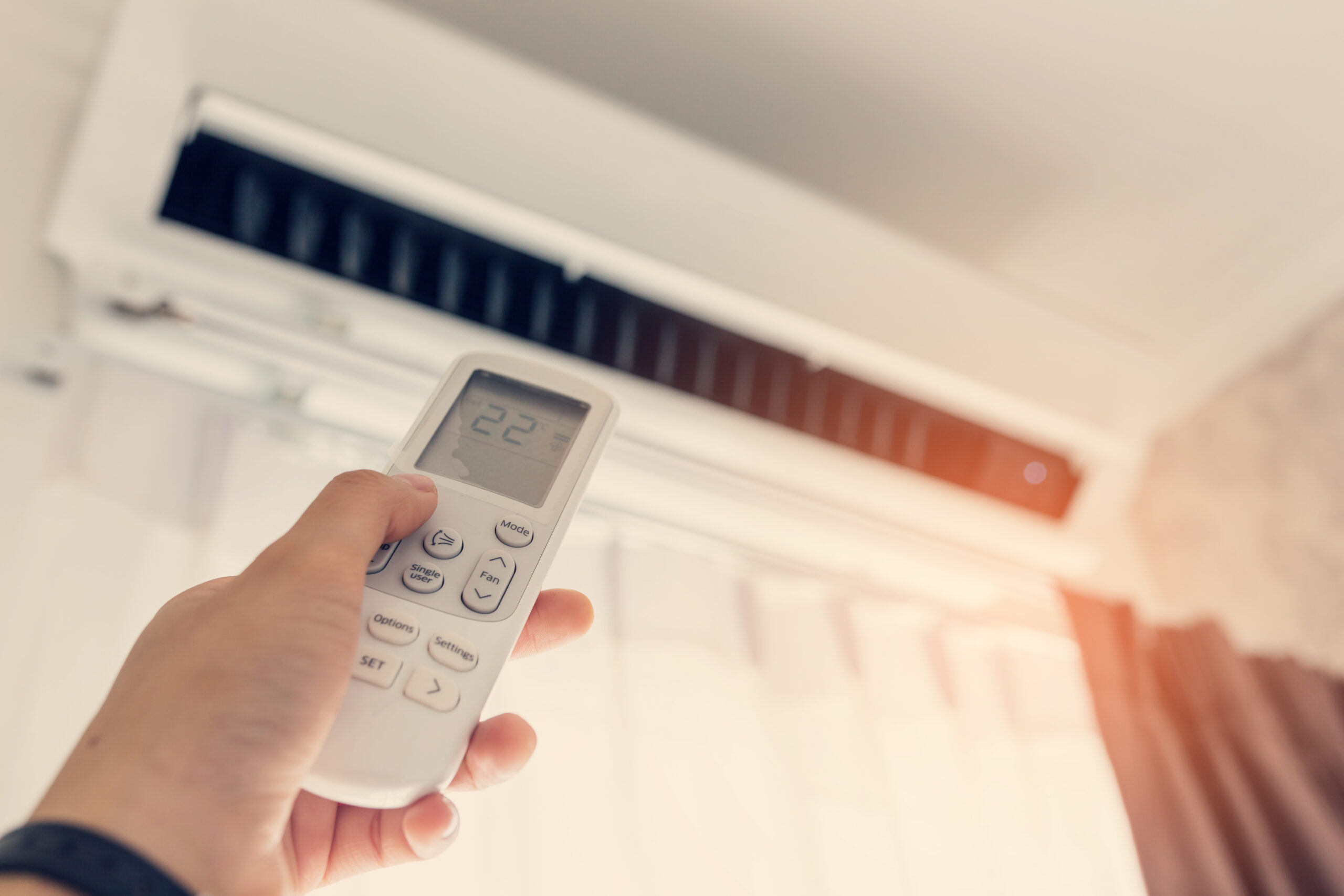As the summer season approaches, homeowners in Reno, Nevada are starting to think about their air conditioning systems. If you’re in the market for a new unit or considering an upgrade, you may have heard about SEER ratings. But what exactly is SEER, and why does it matter? Let’s take a closer look.
SEER stands for Seasonal Energy Efficiency Ratio, which is a measure of an air conditioning system’s energy efficiency over the course of a cooling season. Essentially, it tells you how much cooling output you can expect from a given amount of energy input. The higher the SEER rating, the more efficient the unit is.
Why does SEER matter? For starters, higher SEER ratings mean lower energy bills. In fact, upgrading from a 10 SEER unit to a 16 SEER unit can save you up to 60% on your cooling costs. Over the life of your system, those savings can really add up.
But it’s not just about the money. High SEER units also have a lower carbon footprint, as they require less energy to operate. This is good news for the environment and for your community. In addition, many utility companies offer rebates and incentives for upgrading to a high SEER unit. This can help offset the upfront cost of the unit and make it a more attractive option for homeowners.
It’s important to note that SEER is just one factor to consider when choosing an air conditioning system. You’ll also want to think about factors such as the size of your home, your budget, and your specific cooling needs. A qualified HVAC professional can help you choose the right system for your home and answer any questions you may have about SEER ratings.
In conclusion, SEER ratings matter because they can help you save money on your energy bills, reduce your carbon footprint, and potentially qualify you for rebates and incentives. So if you’re in the market for a new air conditioning system, be sure to consider the SEER rating as an important factor in your decision-making process.


